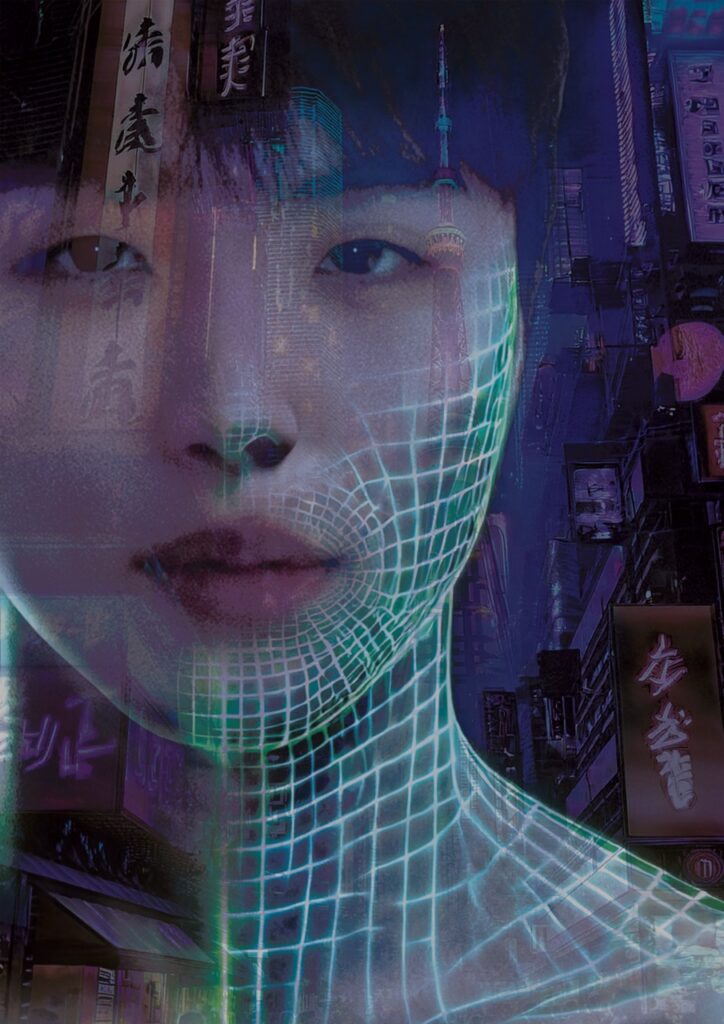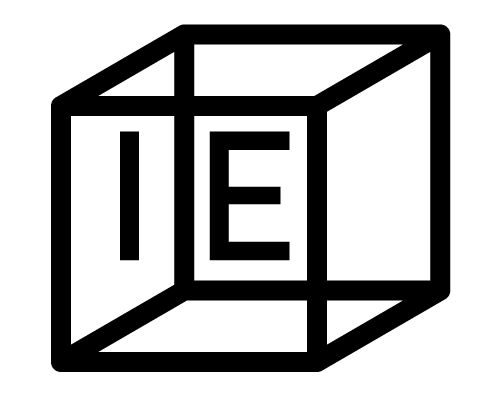'The future of fame'
Uncover the Mystery: What Happened to Hiroshi?
Experience the captivating disappearance of Hiroshi, a music idol who vanished under very suspicious circumstances. This immersive exhibition will take you back into his life and fame, and the darkness that perhaps consumed him. Every room in the exhibition discloses another layer of the world of Hiroshi-from his dazzling performances and very personal artifacts down to the cryptic symbols and mysterious messages he has left behind.
This is much more than a walk-through exhibit; this is a tale to be deciphered. Since any detail might hide an important clue, one needs to look carefully, listen properly, and think deeply. Who are the closest people around him? What did they know? What secret had Hiroshi kept that they can fit together? Every objectivity leads you one step closer to an answer, yet only those who involve themselves can reach the bottom of what happened to Hiroshi.
Details for Participants
📍 Location: Immersive Environments Studio, 6th Floor, Theo Thijssen Huis, Amstel Campus
🕒 Time: 15:00 – 17:45
📅 Date: Friday, November 15, 2024 — One Day Only
Step into Hiroshi’s world. Are you the one to unlock the mystery?

How to find us?
By Car
Starting Point: Either the A10 (Ring Road Amsterdam) or the A2 (from Utrecht).
- From the A10: Take exit S112 toward Duivendrecht/Diemen-Zuid/Amsterdam-Centrum and follow the signs to Wibautstraat.
- From the A2: Continue toward Amsterdam-Centrum, merging into Wibautstraat.
Parking Options:
- On-site: There is a parking lot directly beneath the Amstelcampus building at Wibautstraat 2, but it’s often full.
- Alternative Parking: Head to the parking lot under the Wibauthuis at Wibautstraat 3b, 1091 GH Amsterdam, located just across the street from Amstelcampus.
By Public Transport
- Starting Point: Begin at Amsterdam Central Station.
- Metro Line: Take Metro 51, 53, or 54, and get off at Weesperplein Station (just one stop before Wibautstraat).
- Final Walk: From Weesperplein Station, it’s about a 5-minute walk to the Amstelcampus at Wibautstraat 2.
By Bike
- Parking: There’s public bike parking available along the street near the building entrance
Reaching the Exposition Area
- Entering the Building: Once inside Amstelcampus, head toward the elevators on the east side of the building.
- Elevator: Take the elevator to the 6th floor.
- Final Destination: Walk down the hall to find the exposition area.

